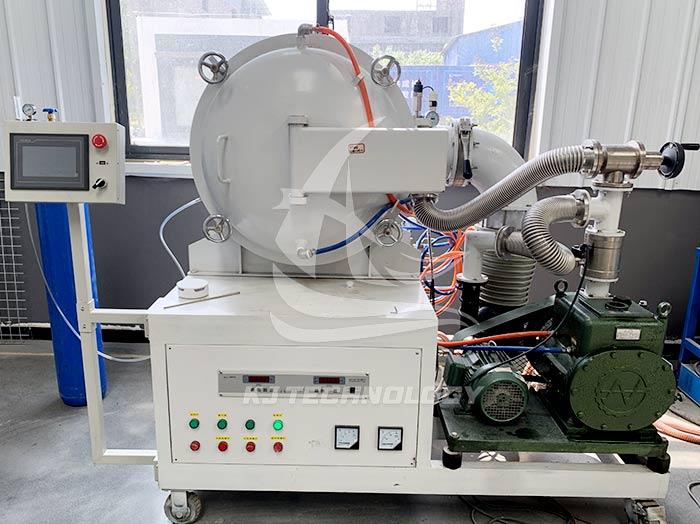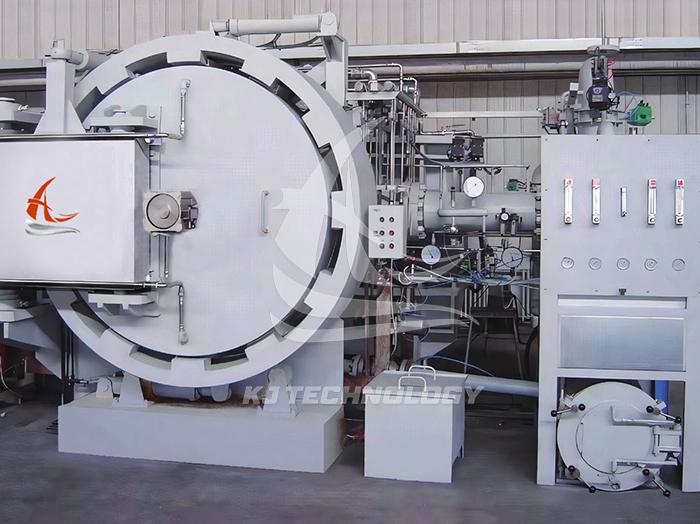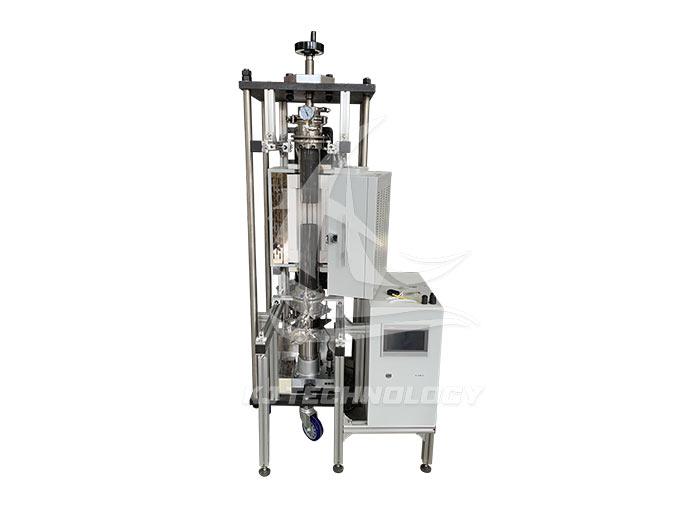What materials can be sintered in a graphite high-temperature vacuum furnace?
 05-23-2025 Author: KJ technology
05-23-2025 Author: KJ technology
Graphite high-temperature vacuum furnace can sinter various materials, mainly including the following categories:
1. Carbon based materials:
Graphite materials, such as high-purity graphite, isostatic pressed graphite, graphite electrodes, etc., can be further purified and graphitized through high-temperature treatment to improve their conductivity, thermal conductivity, and mechanical strength.
Carbon fiber: removes impurities at high temperatures, improves crystallinity, enhances mechanical properties and high temperature resistance.
Carbon/carbon composite materials: composed of carbon fiber reinforced carbon matrix, improved oxidation resistance and high temperature stability through graphitization treatment, widely used in the aerospace industry.
Activated carbon: High temperature treatment optimizes pore structure and adsorption performance, used in fields such as water treatment and air purification.
2. Ceramic materials:
Silicon carbide (SiC): It has high hardness, high wear resistance, and excellent high-temperature resistance, and its density and mechanical properties are improved through high-temperature sintering.
Silicon nitride (Si ∝ N ₄): exhibiting excellent thermal shock resistance and corrosion resistance, suitable for manufacturing high-temperature components.
Aluminum oxide (Al ₂ O3): High purity aluminum oxide ceramics are sintered at high temperatures to improve hardness and wear resistance, and are used in the manufacture of cutting tools and wear-resistant components.
3. Metal materials:
Refractory metals, such as tungsten (W), molybdenum (Mo), tantalum (Ta), etc., are sintered or purified at high temperatures and used to manufacture high-temperature alloys and electronic components.
Precious metals, such as platinum (Pt), gold (Au), etc., are melted and purified at high temperatures to produce high-purity metal materials.
4. Semiconductor materials:
Silicon (Si): High purity silicon is the fundamental material in the semiconductor industry, purified and crystallized at high temperatures.
Silicon carbide (SiC): a new generation of semiconductor material with high thermal conductivity and high breakdown voltage, suitable for manufacturing power devices.
Gallium Nitride (GaN): A wide bandgap semiconductor material that is processed at high temperatures and used to manufacture efficient LEDs and RF devices.
5. Composite materials:
Carbon fiber reinforced composite materials: improve mechanical properties and high temperature resistance through high-temperature treatment.
Ceramic based composite materials: such as silicon carbide fiber-reinforced silicon carbide based composite materials, sintered at high temperatures to improve oxidation resistance and mechanical properties.
Nanomaterials, such as carbon nanotubes, graphene, etc., are processed at high temperatures to optimize their structure and properties.
High temperature coating materials, such as silicon carbide coatings, silicon nitride coatings, etc., are sintered at high temperatures to improve adhesion and high temperature resistance.








